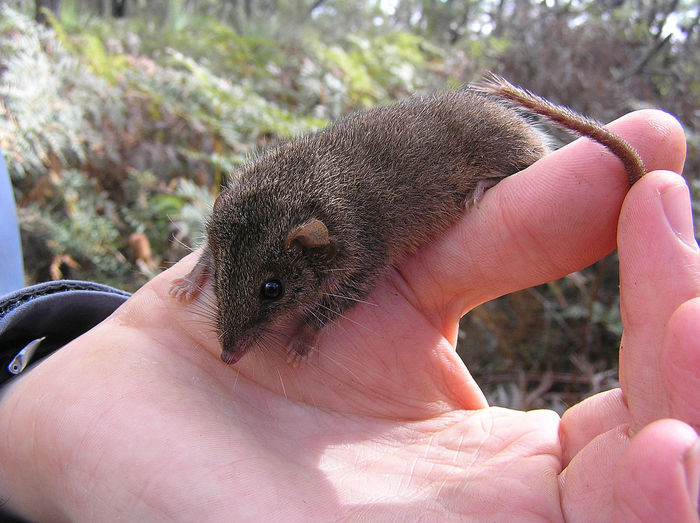Research Round-Up: Week 3
Ananya Vijay reports on the latest scientific discoveries in Cambridge from the past week.
Biomimetic Breakthrough: Robotic Braille Technology Reads Twice as Fast as Humans

In Dr Fumiya Iida’s Bio-Inspired Robotics Laboratory, a robot braille reader has been developed and trained on machine learning algorithms to read braille at a rate of 315 words per minute, at approximately a 90% level of accuracy. This is around twice the speed of an average human reader.
The idea of biomimicry, in this case taking inspiration from the mechanism of fingers sliding across a surface, proved instrumental in creating such a high level of accuracy. Parth Potdar, the first author of the paper encapsulates the difficulty in achieving compatibility between the mechanical and software areas, arguing that “it’s tricky to have both” the “softness” and “lots of sensor information”, particularly with “flexible or deformable surfaces”.
“The high sensitivity required for this lends itself well to applications with prosthetics.”
There are four main steps involved in the robot braille reader identifying the writing. Firstly, a vision-based tactile sensor is moved across the braille display and the output frames are recorded. Then, any motion-blurring effects are removed by employing autoencoder deblurring, a technology which is trained on static images which are synthetically blurred. The next step is classification, which predicts which braille characters are present, and finally, there is consolidation, where the various predictions are processed into one final output.
The research undertaken was not directly focused on creating a braille reader, however, the high sensitivity required for this lends itself well to applications with prosthetics and robot hands where a similar level of sensitivity is required. Detecting other surface textures and slippage in robot manipulation are two applications which could benefit from this technology.
Herd Mentality, Magnets and Stock Market Crashes: Explaining the Emergence of Cicadas in Spring
In the east of the USA, every 13 or 17 years, cicadas materialise from their burrows to produce offspring for the next cycle. It had previously been speculated that they emerged when the soil temperature reached 18 degrees Celsius, but this easily varies according to differences in environmental factors such as humidity and sun exposure.
Researchers at the University of Cambridge were inspired by a model on decision-making to conjecture that communication between cicadas allows them to “agree” on an average temperature, which ultimately leads to the large swarms emerging synchronously. The model proposes that every member of the group is represented by a “spin”, similar to a magnet, with the two states in this case representing the decision to “remain” or “emerge”. The “magnetic field” is then representative of the temperature, which causes the alignment of the “spins”, propagating across the landscape. The communication between nymphs (cicadas in their juvenile stage) is modelled by an interaction of the “spins” between neighbouring nymphs.
“The model has striking similarities to ‘avalanches’ in stock market trading”
The model has striking similarities to ‘avalanches’ in stock market trading, which eventually lead to market crashes, highlighting the intrinsic link between mathematics and the natural world. Professor Raymond E Goldstein also argues that if the theory is verified, this would highlight how “Darwinian evolution can act for the benefit of the group, not just the individual”, providing a deeper insight into the development of different species over the years.
 News / Uni Scout and Guide Club affirms trans inclusion 12 December 2025
News / Uni Scout and Guide Club affirms trans inclusion 12 December 2025 News / Cambridge Vet School gets lifeline year to stay accredited28 November 2025
News / Cambridge Vet School gets lifeline year to stay accredited28 November 2025 News / Cambridge study finds students learn better with notes than AI13 December 2025
News / Cambridge study finds students learn better with notes than AI13 December 2025 Science / Did your ex trip on King’s Parade? The science behind the ‘ick’12 December 2025
Science / Did your ex trip on King’s Parade? The science behind the ‘ick’12 December 2025 News / Pembroke to convert listed office building into accom9 December 2025
News / Pembroke to convert listed office building into accom9 December 2025








